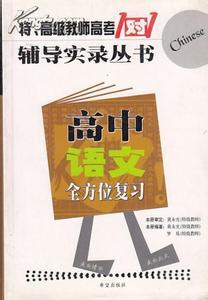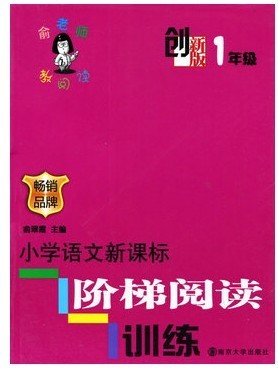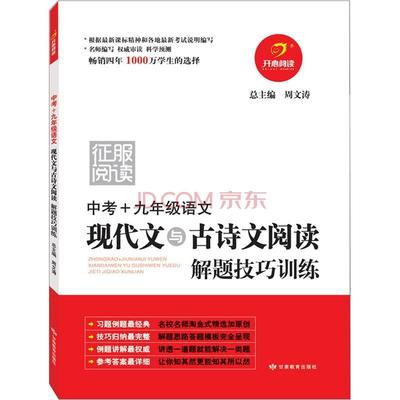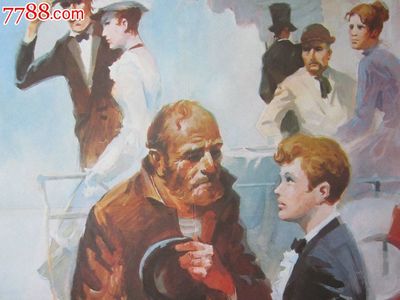with humans also. But I have found that my weakness brings out the kindness in people. I see it every day
when people hold doors for me, pour cream into my coffee, or help me to put on my coat. And I have
discovered that it makes them happy.
From my wheelchair experience, I see the best in people, bur sometimes I feel sad because those who
appear independent miss the kindness I see daily. They don't get to see this soft side of others often, we
try bevery way possible to avoid showing our weakness, which includes a lot of pretending. But only when
we stop pretending we're brave or strong do we allow people to show the kindness that's in them.
Last month, when I was driving home on a busy highway, I began to feel unwell and drove more slowly
than usual. People behind me began to get impatient and angry, with some speeding up alongside me, horning
(按喇叭) or even shouting at me. At the moment I decided to do something I had never done in twenty fore
years of driving. I put on the car flashlights and drove on at a really low speed.
No more angry shouts and no more horns!
When I put on my flashlights, I was saying to other drivers, "I have a problem here. I am weak and doing
the best I can." And everyone understood. Several times, I saw drivers who wanted to pass. They couldn't
get around me because of the stream of passing traffic. But instead of getting impatient and angry, they waited,
knowing the driver in front of them was in some way weak.
Sometimes situations call for us to act strong and brave even when we don't feel that way. But those are
and far between. More often, it would be better if we don't pretend we feel strong when we feel weak or
pretend that we are brave when we are scared. 1. The author has discovered that people will feel happy when _____.
A. the offer their help
B. they receive others' help
C. they feel others' kindness
D. they show their weakness
B. he relies much on others
C. some people pretend to be kind
D. some people fail to see the kindness in others 3. What did the other drivers do when they saw the flashlights? A. They speed up to pass.
B. They waited with patience.
C. They tried their best to help.
D. They put on their flashlights too. 4. In this passage, the author advises us to _____. A. handle problems by ourselves
B. accept help from others
C. admit our weakness
D. show our bravery 5. Which of the following is the best title for the passage?A. A Wheelchair Experience.
B. Weakness and Kindness.
C. Weakness and Strength.
D. A Driving Experience.题型:阅读理解难度:偏难来源:广东省高考真题
1-5: ADBCB
考点:
考点名称:故事类阅读故事类阅读概念:
这类文章一般描述的是某一件具体事情的发生发展或结局,有人物、时间、地点和事件。命题往往从故事的情节、人物或事件的之间的关系、作者的态度及意图、故事前因和后果的推测等方面着手,考查学生对细节的辨认能力以及推理判断能力。
故事类阅读应试技巧:
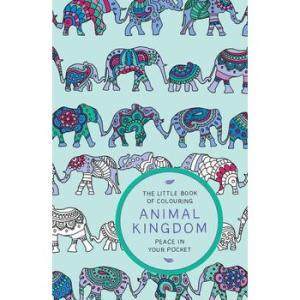
1、抓住文章的6个要素:
阅读时要学会从事情本身的发展去理解故事情节而不要只看事件在文中出现的先后顺序。因此,无论是顺叙还是倒叙,阅读此类文章时,必须要找到它结构中的5个W(when, where, who, why, what)和1个H(how),不过不是每篇都会完整地交待六个要素。毫无疑问,寻出这些元素是能够正确快速解题的一个先决条件。
2、注意作者的议论和抒情:
高考英语阅读理解故事类文章常伴随着作者思想情感的流露和表达,因此议论和抒情往往夹杂其中。行文时或按事情发生发展的先后时间进行或按事情发生发展的地点来转换,也可能按事情发展的阶段来布局。在引出话题,讲完一件事情后,作者往往会表达个人感悟或提出建议等。这些体现作者观点或思想的语句在阅读时可以划线,它们往往体现文章中心或者写作意图,属于必考点,所以要仔细体会。
3、结合前两点归纳文章中心,把握作者态度:
故事类文章是通过记叙一件事来表达中心思想的,它是文章的灵魂。归纳文章中心思想时,尤其要分析文章的结尾,因为很多文章卒章显志,用简短的议论、抒情揭示文章中心;文章中议论抒情的句子往往与中心密切相关;也有的文章需要在结合概括各段大意的基础上归纳中心。另外,叙述一件事必有其目的,或阐明某一观点,或赞美某种品德,或抨击某种陋习,这就要求我们在阅读时,通过对细节(第1点中的六要素)的理解,把握作者的态度。
4、有章有据进行解题判断:
分析文章,归纳主题,属于分析、概括、综合的表述能力的考查。切忌脱离文章,架空分析,一定让分析在文章中有依据。
 爱华网
爱华网